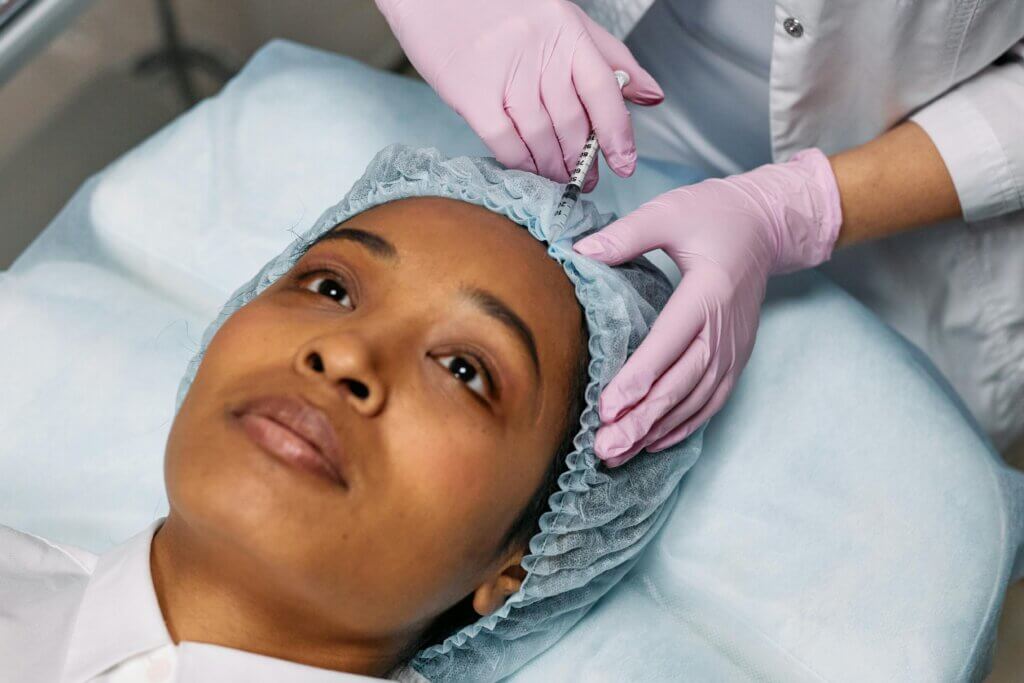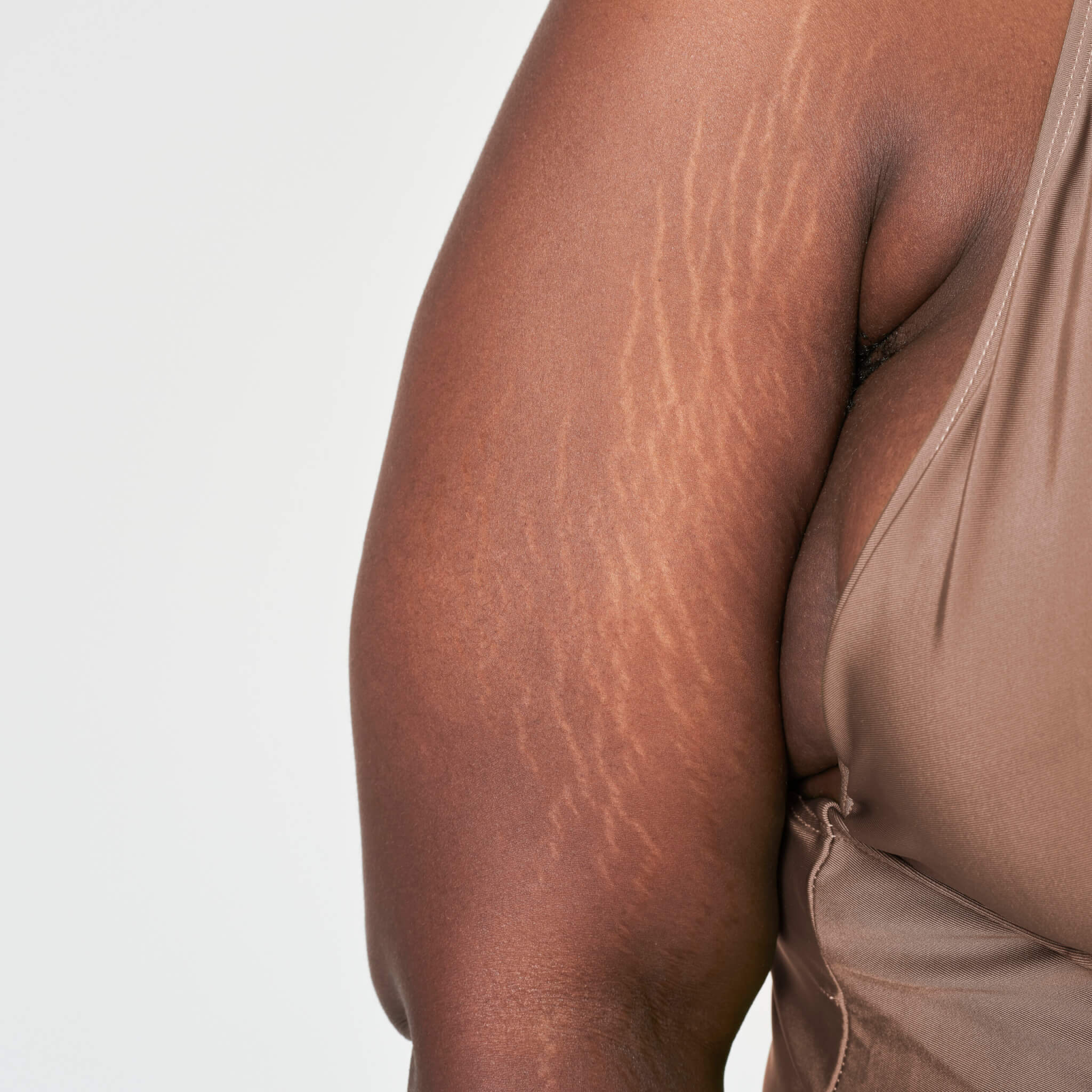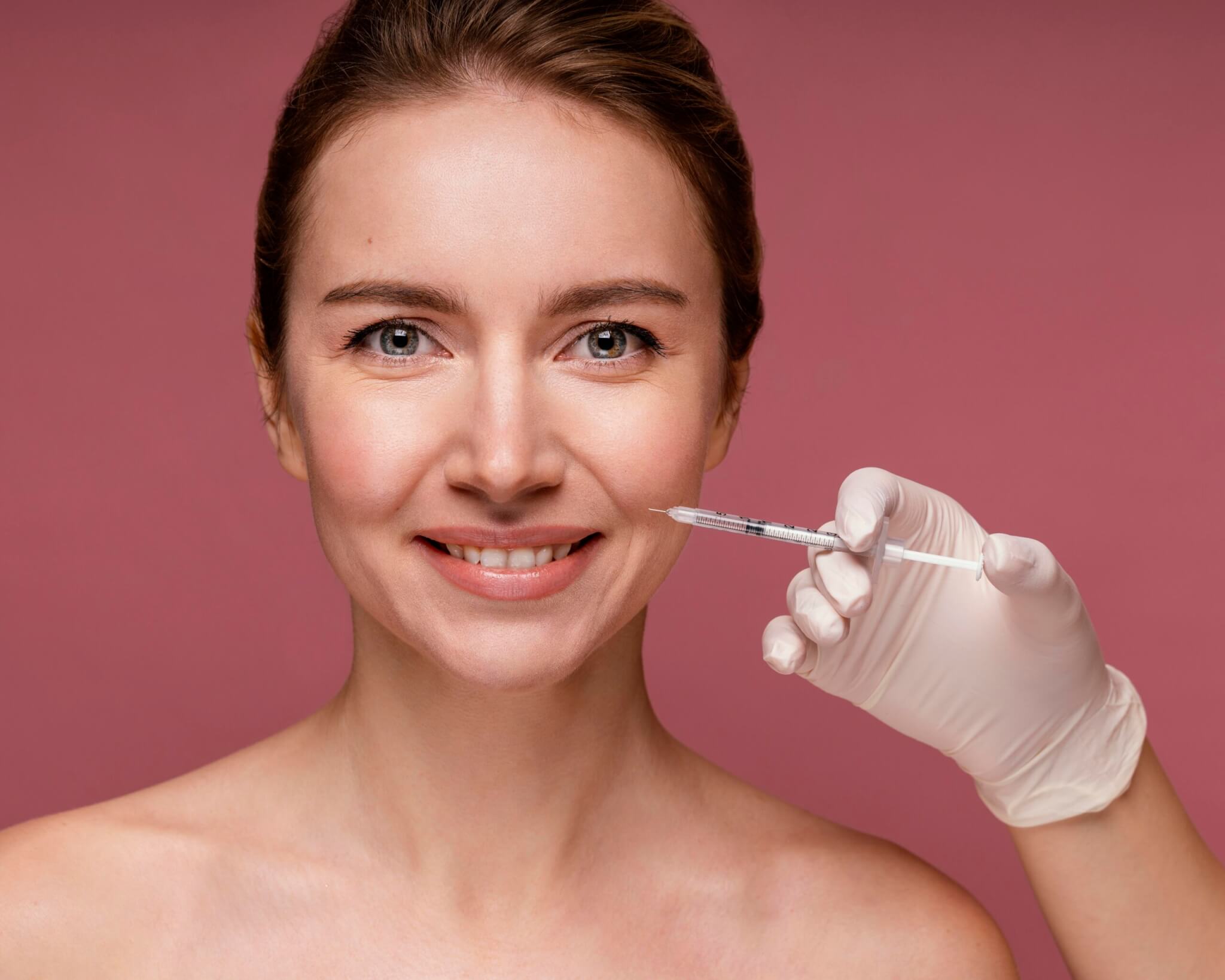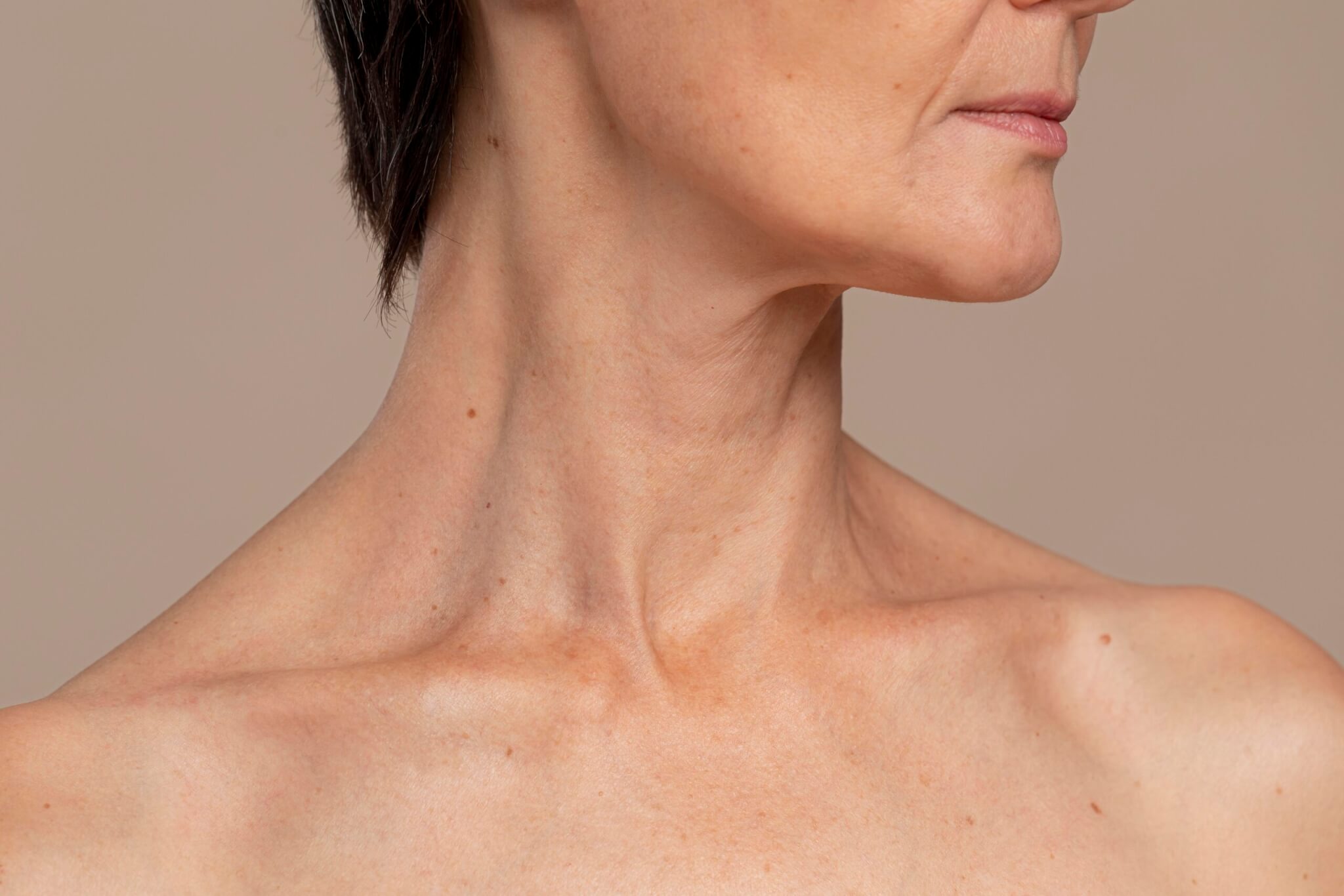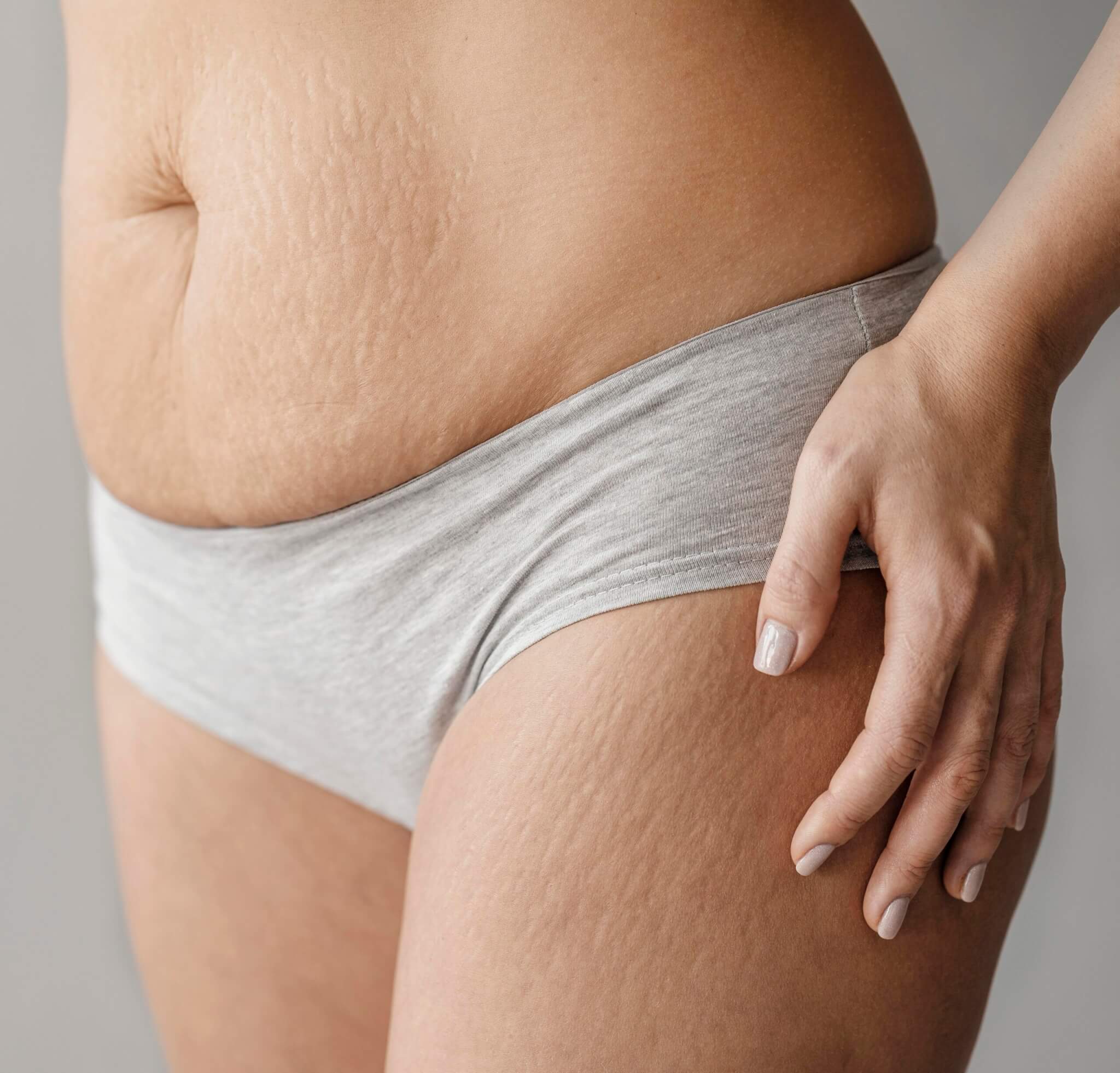Wrinkle relaxers have revolutionized the field of aesthetic medicine, offering an effective, non-surgical solution to combat signs of aging. From reducing fine lines to preventing new wrinkles from forming, these treatments have become a cornerstone of modern dermatology. But what exactly are wrinkle relaxers, how do they work, and what should patients expect from these treatments?
This article delves into the science behind wrinkle relaxers, the different types available, and what individuals can anticipate from the procedure.
Understanding Wrinkle Formation
Wrinkles form due to a combination of intrinsic and extrinsic factors. Intrinsic aging, governed by genetics, results in the gradual decline of collagen and elastin, two essential proteins responsible for maintaining skin structure and elasticity. Our skin produces less of these proteins as we age, leading to sagging and fine lines.
Extrinsic factors, such as sun exposure, pollution, and lifestyle choices like smoking and repetitive facial expressions, accelerate the aging process. The constant contraction of facial muscles, especially in areas like the forehead, around the eyes, and between the brows, develops dynamic wrinkles. Over time, these dynamic wrinkles become static wrinkles, which remain visible even when facial muscles are at rest.
How Wrinkle Relaxers Work
Wrinkle relaxers, primarily composed of botulinum toxin type A, temporarily inhibit the nerve signals that cause muscle contractions. When injected into targeted muscles, the neurotoxin blocks the release of acetylcholine, a neurotransmitter responsible for signaling muscle movement. As a result, the treated muscles relax, reducing the appearance of dynamic wrinkles and preventing new ones from forming.
Types of Wrinkle Relaxers
There are several FDA-approved wrinkle relaxers on the market, each with its own unique formulation and characteristics. The most common brands include:
1. Botox
Botox (onabotulinumtoxinA) is the most well-known and widely used wrinkle relaxer. Approved by the FDA in 2002 for cosmetic use, Botox effectively treats forehead lines, crow’s feet, and frown lines. The effects typically last between three to four months.
2. Dysport
Dysport (abobotulinumtoxinA) is another popular wrinkle relaxer. Its slightly different molecular structure allows it to spread more easily, which may be beneficial for treating larger areas like the forehead. Results from Dysport may appear sooner than Botox and typically last three to four months.
3. Xeomin
Xeomin (incobotulinumtoxinA) is a purified form of botulinum toxin type A that does not contain accessory proteins. This formulation reduces the likelihood of patients developing resistance to the treatment. Xeomin’s effects are similar to Botox’s, with results lasting approximately three to four months.
4. Jeuveau
Jeuveau (prabotulinumtoxinA) is often referred to as “Newtox” due to its similarity to Botox. It is specifically designed for aesthetic use and has shown comparable efficacy and duration to Botox.
The Treatment Process
The process of receiving wrinkle relaxers is straightforward and minimally invasive. Here’s what patients can expect:
1. Consultation
A consultation with a qualified provider is essential to discuss aesthetic goals, assess facial anatomy, and determine the appropriate treatment plan. The provider will evaluate the areas of concern and recommend the best wrinkle relaxer for the patient’s needs.
2. Preparation
On the day of the procedure, the provider may cleanse the treatment area and apply a numbing cream if necessary. While the injections are generally well-tolerated, some patients prefer numbing agents to minimize discomfort.
3. Injection Procedure
Using a fine needle, the provider administers small amounts of the wrinkle relaxer into the targeted muscles. The entire procedure typically takes 10 to 20 minutes, with minimal discomfort and no downtime.
4. Post-Treatment Care
After the procedure, patients are advised to avoid rubbing or massaging the treated areas for at least 24 hours to prevent the spread of the neurotoxin to unintended muscles. Strenuous exercise, excessive heat exposure, and lying down immediately after treatment should also be avoided.
When to Expect Results
The onset of results varies depending on the type of wrinkle relaxer used. Botox and Xeomin typically take three to five days for noticeable improvements, while Dysport and Jeuveau may produce results within two to three days. The full effect is usually seen within 10 to 14 days.
How Long Do Results Last?
The longevity of wrinkle relaxers depends on metabolism, lifestyle, and muscle strength. On average, results last three to four months, after which muscle movement gradually returns. Regular maintenance treatments help sustain a youthful appearance over time.
Potential Side Effects and Risks
Wrinkle relaxers are generally safe when administered by a trained professional. However, as with any medical procedure, there are potential side effects, including:
- Mild bruising or swelling at the injection site
- Temporary headache
- Drooping eyelid (ptosis) if the toxin spreads to unintended muscles
- Flu-like symptoms (rare)
Serious complications are rare but may occur if the injections are not performed correctly. Choosing a skilled and experienced provider is crucial to minimizing risks.
Who Is a Good Candidate for Wrinkle Relaxers?
Ideal candidates for wrinkle relaxers are individuals who:
- Have mild to moderate dynamic wrinkles
- Want to prevent future wrinkle formation
- Are in good overall health
- Have realistic expectations about results
Pregnant or breastfeeding women and individuals with certain neurological conditions should avoid wrinkle relaxers.
Wrinkle Relaxers vs. Dermal Fillers
It’s essential to distinguish between wrinkle relaxers and dermal fillers. While wrinkle relaxers target muscle contractions to smooth dynamic wrinkles, dermal fillers restore lost volume and fill static wrinkles. A combination of both treatments often provides the best aesthetic results.
The Future of Wrinkle Relaxers
Advancements in aesthetic medicine continue to refine wrinkle relaxers, with research focusing on longer-lasting formulations and personalized treatment approaches. Emerging techniques, such as micro-dosing botulinum toxin for a more natural look, are gaining popularity.
Conclusion
Wrinkle relaxers are a scientifically backed, effective solution for reducing fine lines and preventing wrinkles. By temporarily relaxing facial muscles, these treatments offer a non-surgical way to maintain a youthful appearance. With proper application and a qualified provider, individuals can achieve natural, refreshed results with minimal risks. As technology and techniques continue to evolve, the future of wrinkle relaxers promises even more effective and personalized anti-aging solutions.
